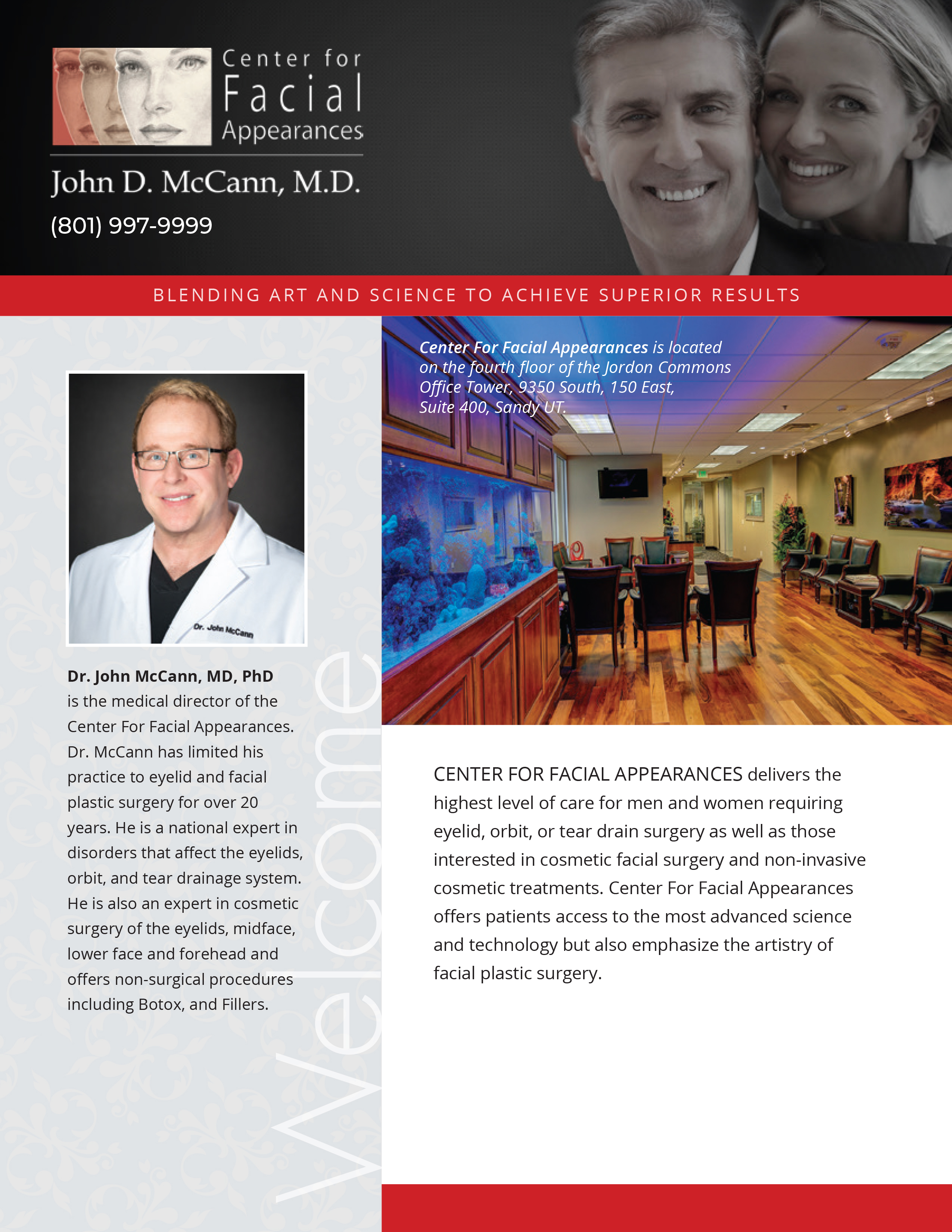TCA Trichloroacetic Acid Peel
Trichloroacetic acid (TCA) can be used in many concentrations, but it is most commonly used for medium-depth peeling. Fine surface wrinkles, superficial blemishes and pigment problems are commonly treated with TCA.
Preparation
We suggest that you prepare your skin prior to your TCA peel. Properly preparing your skin prior to treatment effectively reduces recovery time and maximizes treatment results. To prepare your skin we suggest having a preparatory in-office treatment with our aestheticians or use an “at-home” peeling cream. The aestheticians in our office can help you select the preparatory treatment and products best suited for your skin type. Begin preparatory treatments several weeks before your TCA treatment.
Your skin will be more sun sensitive, so you must implement daily application of sunscreen containing zinc oxide or titanium dioxide.
If pigmentation is a primary concern we may also suggest creams containing tyrosine inhibitors. Tyrosine is an amino acid precursor of melanin production.
TCA treatments may cause susceptible patients to develop cold sores. In these cases we may prescribe Zovirax.
The Day of Treatment
Shower and wash your face on the morning of treatment and remove all make-up and oil on your eyelids and face. Do not apply any additional creams or lotions to your face. You should discuss other day of treatment protocols with your surgeon; he may ask you to eat or not to eat and may also prescribe medicines to be taken.
Skin Care 0 – 6 Days Post Treatment
Discontinue the use of preoperative creams. Do not apply make-up, creams, or lotions to your skin. Use Desonide ointment twice a day and keep the area covered with Vaseline continuously. Many patients find that keeping the Vaseline refrigerated helps to additionally cool and calm their skin.
You skin will be more comfortable if you keep cold compresses over the treated area and keep it greased. During the first 48 hours after treatment we recommend applying a clean, damp cloth wrapped around a bag of frozen peas. Two bags of peas may be used alternating each between the face and refrigerator.
To reduce swelling, elevate your head by sitting up or lying down with at least two pillows under your head.
Use medicines as discussed with your surgeon. If you notice nausea or vomiting, discontinue prescription pain medicine and call our office.
You may begin bathing as discussed with your surgeon. You may cleanse your face with Ivory soap or Cetaphil cleansing milk. After patting dry, the face should be splashed with vinegar water (1 teaspoon vinegar in 16 ounces of water). This may sting, but is an excellent antibacterial and antifungal. After bathing reapply the Desonide and Vaseline.
Skin Care 7+ Days Post Treatment
Vaseline application may be stopped. Continue the used of Desonide ointment twice a day for several days. A good hypoallergenic and non-comedogenic moisturizing cream containing no preservatives or perfumes may be used. You may wish to discuss creams with our aestheticians. Cover-up makeup may be used upon recommendation by your surgeon. You may return to the use of your pretreatment skin care approximately three to four weeks after treatment.
Avoid sun exposure for several months post treatment and always utilize a sunscreen with zinc oxide or titanium dioxide.
Ultimate results of wrinkle reduction and skin tightening may take up to six months.
To preserve and prolong treatment results a skin maintenance program is highly recommended. We suggest you discuss these options with our aestheticians, which may include monthly facial treatments and home-care creams and lotions. Pre-treatment and post-treatment management of your skin is nearly as important as the peel itself. Proper care will keep your skin fresh for years. We want to obtain the best result possible for you and we know that this is your goal as well. Only you can help with this part of your care. Working together, we can achieve this result.





